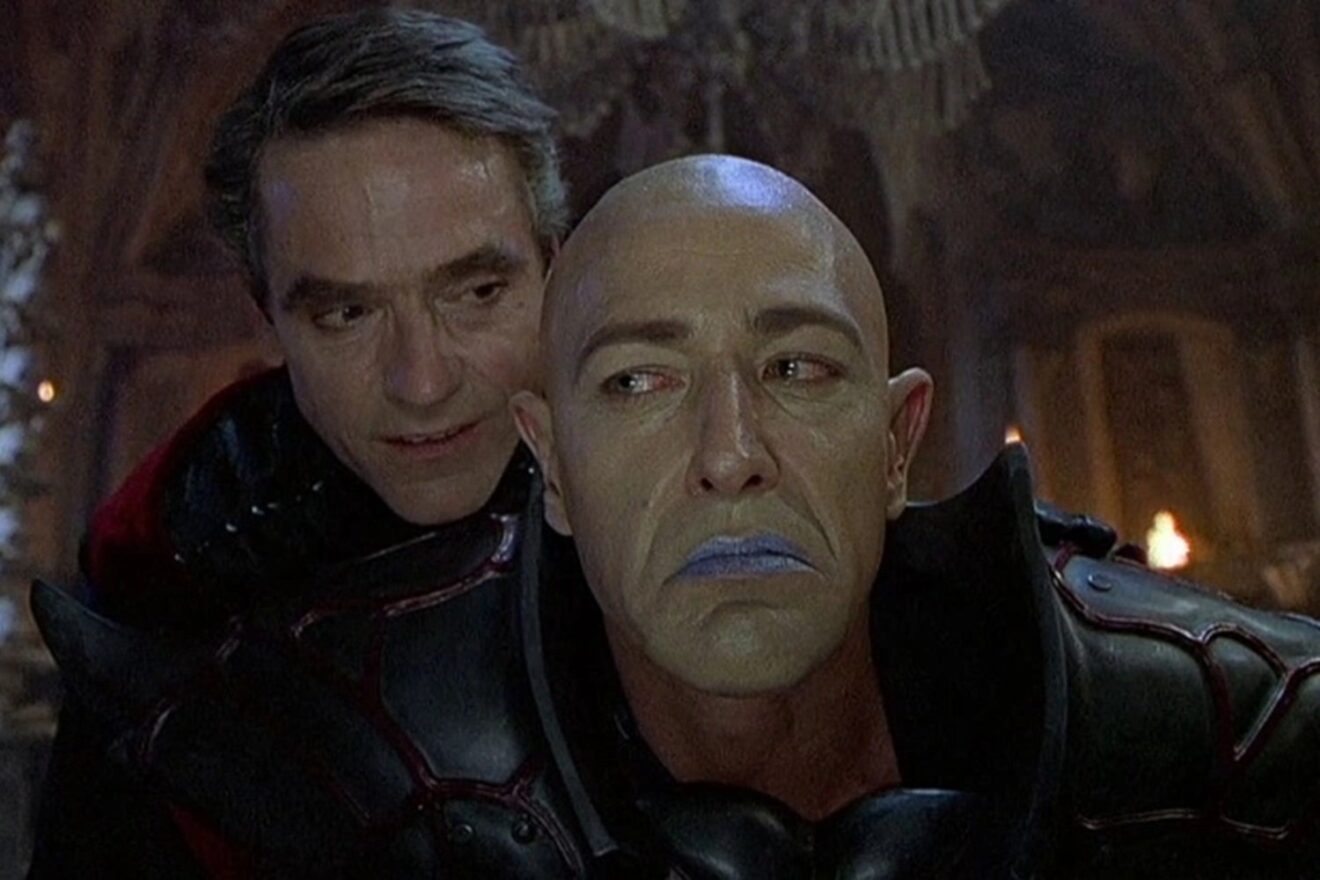The sweet serendipity of the digital age! Warner Brothers, the iconic studio behind some of Hollywood’s most beloved films, has been quietly dropping a treasure trove of obscure and wonderful movies onto the world’s doorstep – and it’s all completely free. Yes, you read that right! The studio has been mysteriously uploading an array of cult classics, hidden gems, and even some forgotten masterpieces onto YouTube, leaving fans and film enthusiasts alike scratching their heads in delight.

Warner Brothers’ Mysterious Movie Dump on YouTube

Warner Bros. Discovery has made a surprising move by uploading 30 different movies to YouTube over the past month. These films are available for free, with no catch or strings attached. This unexpected decision comes from a company that has been criticized for its aggressive anti-art stance since the consolidation of Discovery and WarnerMedia under CEO David Zaslav in 2021.
As reported by Gizmoposts24, this sudden appearance of the movie dump was first noticed by Ernie Smith. Warner Bros. Discovery is in control of multiple YouTube channels, and these movies have been uploaded to them over the past few weeks.
The list is a mixed bag, featuring cinematic masterpieces, obscure cult cinema, and absolute trash. It’s an uncurated collection of films that Warner Bros. must not think much of. The list includes films like Marlon Brando’s Mutiny on the Bounty, Jeremy Irons in the 2000’s Dungeons & Dragons, and Waiting for Guffman.
William Friedkin had a remarkable run of films in the 1970s, including The French Connection, The Exorcist, and Sorcerer. As his career wandered in the 1980s, he produced a bizarre movie starring Chevy Chase, Gregory Hines, and Sigourney Weaver about arms dealers called Deal of the Century. This film is supposed to be awful, but now it’s available on YouTube in 20-minute segments.
Most of these movies are not available on Max, Warner Bros.’ premier streaming service. Some can be purchased or rented on YouTube or Amazon, while others, like True Stories, have fancy Criterion releases.
A Warner Bros. Experiment?
Warner Bros. is a 100-year-old movie studio with a vast back catalog filled with an uncountable number of films. The studio has long tried to capitalize on that back catalog without breaking the bank. In 2009, it launched the Warner Archive Collection, which would print DVDs and Blu-rays on demand for consumers who ordered them.
The Archive later transitioned to streaming, but it was shut down when Zaslav took over. Most, but not all, of the catalog moved to Max. Now, it appears that some of it is on YouTube. This is a place where abandoned media can live without Warner paying hosting fees. It’s also generating revenue from views, with some movies having been watched hundreds of thousands of times already.
The revenue from these movies is not insignificant. Mr. Nice Guy, a 1997 Jackie Chan vehicle, has 15 million views, generating substantial revenue for Warner Bros.
Arnold Schwarzenegger: A Special Effect Like No Other
Arnold Schwarzenegger is a special effect like no other. He began as an action hero star through sheer, muscle-bound spectacle. Whether playing himself in Pumping Iron or embodying fantasy, myth, and otherworldliness in Hercules in New York or Conan the Barbarian or Terminator, Arnold was just there for your eyeballs.
Like crazy explosions and digital monsters of today, Schwarzenegger exhibited that same level of “whoa” just through simply existing. In most of his iconic action films, Schwarzenegger may be our hero, but he is also distinctly Other. He’s not like us. He’s something else, a monster or mythic creature or cyborg that films nowadays use CGI and mocap to portray.
Arnold pretty much did that by himself. And this idea of Arnold as a special effect reached its apex when Arnold himself actually became a special effect because who could forget this weird-yet-wonderful moment from Terminator Salvation?
All the characters around him, in most of his films, are also equally transfixed by his presence, just like the audience. Characters gawk at Arnold constantly, even if he’s buck-ass naked in a Biker bar or women are just gazing in stunned silence. Arnold is the special effect, which is what makes all his action movies absolutely, positively amazing.
- “Let off some steam, Bennett.” [Commando, 1985]
- “Stick around.” [Predator, 1987]
- “
Real-World Applications and Examples
Warner Bros.’ decision to upload these movies to YouTube has significant implications for the film industry and streaming services. It’s a reminder that these companies can’t just rely on their own platforms and must adapt to changing consumer behavior.
For example, the success of these movies on YouTube suggests that audiences are willing to watch content on various platforms, not just on dedicated streaming services. This has implications for Warner Bros.’ strategy and how it distributes content in the future.
Furthermore, this move by Warner Bros. highlights the importance of metadata and discovery in streaming services. Without proper metadata and categorization, it’s difficult for users to find the content they want to watch. This is especially true for obscure or cult films that might not be well-known.
As Warner Bros. continues to experiment with its content distribution strategy, it’s clear that the film industry is evolving rapidly. The success of these movies on YouTube will likely influence how other studios and streaming services approach content distribution in the future.
Conclusion
safe







Add Comment